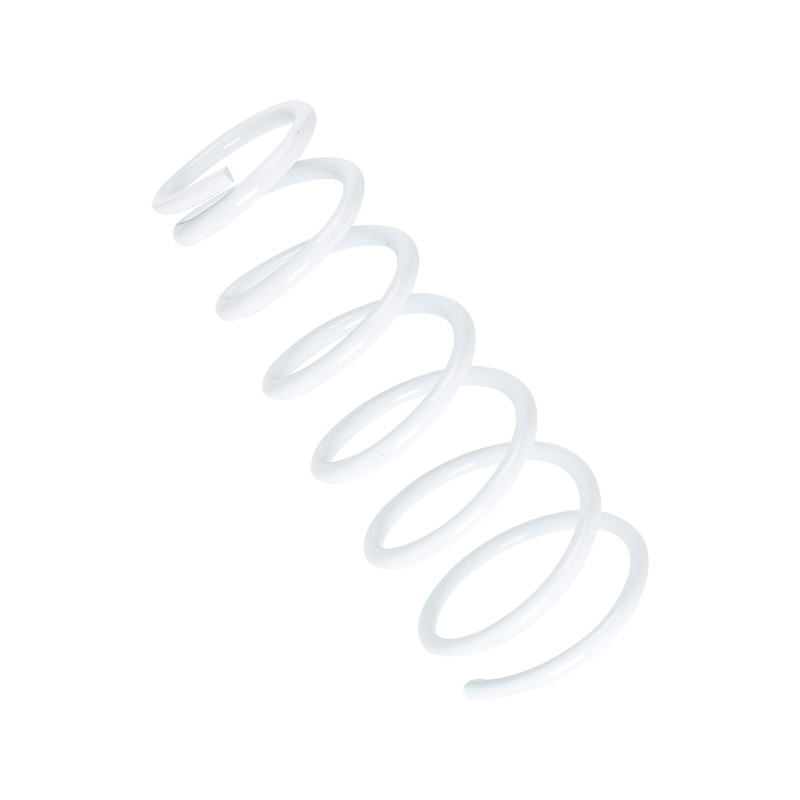Automobile Suspension Spring:
Automobile suspension springs are essential components of a vehicle's suspension system. Their primary purpose is to absorb and dampen the impact of road irregularities, such as bumps and potholes, to provide a smoother and more comfortable ride for the occupants. There are two main types of automobile suspension springs:
1. Coil Springs: These are helical springs made from steel wire that provide support and absorb shocks. They compress and expand as the vehicle's wheels move up and down. Coil springs are commonly used in various types of vehicles, from compact cars to larger SUVs.
2. Leaf Springs: Leaf springs are composed of multiple thin metal plates stacked on top of each other. They are often used in the rear suspension of trucks and some SUVs. Leaf springs distribute weight more evenly across the axle and offer a more rugged suspension system suited for heavy loads and rough terrain.
Motorcycle Vibration Damping Springs:
Motorcycle vibration damping springs are used in the suspension systems of motorcycles to reduce vibrations and provide a smoother and more stable ride. Motorcycles typically have front and rear suspension systems, each equipped with damping springs. These springs play a crucial role in maintaining tire contact with the road and absorbing the shocks generated by uneven surfaces. Vibration damping springs in motorcycles help improve rider comfort, handling, and overall stability.
Truck Cab Vibration Damping Springs:
Truck cab vibration damping springs are designed to reduce the transmission of vibrations and shocks from the road and the truck's chassis to the cabin. Trucks often operate on rough terrain and encounter various road conditions, which can lead to significant vibrations and discomfort for the driver and passengers. These springs are strategically placed within the suspension and mounting systems of the truck's cab to minimize vibrations, thereby enhancing driver comfort and reducing fatigue during long hauls.
Suspension springs are crucial components in various vehicles, including automobiles, motorcycles, and trucks. They serve to absorb shocks, dampen vibrations, and provide a smoother and more comfortable ride, enhancing both vehicle performance and occupant comfort.
The steps and precautions of Customized Springs For Vehicle
Steps for Customized Springs for Vehicles:
1. Requirement Assessment: Understand the specific requirements of the vehicle and its application. Consider factors like vehicle type, weight, usage, and performance expectations.
2. Material Selection: Choose appropriate materials based on factors like load capacity, durability, and environmental conditions. Common materials include various grades of steel and sometimes specialized alloys.
3. Design and Engineering: Collaborate with engineers to design the spring geometry, taking into account the vehicle's suspension system, available space, and desired spring characteristics (compression rate, damping, etc.).
4. Prototype Development: Create a prototype of the customized spring based on the design. This could involve using computer-aided design (CAD) software and rapid prototyping techniques.
5. Testing and Validation: Test the prototype spring under various conditions to ensure it meets performance requirements. This could include laboratory testing, simulation, and real-world testing on vehicles.
Considerations for Customized Springs for Vehicles:
1. Vehicle Requirements: Ensure that the customized springs align with the vehicle's intended use, whether it's for performance, comfort, heavy-duty applications, or off-road use.
2. Load and Weight: Factor in the vehicle's weight distribution and intended load capacity to determine the appropriate spring stiffness and load-bearing capacity.
3. Suspension System: The customized springs should seamlessly integrate with the vehicle's suspension system without causing compatibility issues or affecting its overall performance.
4. Environmental Conditions: Consider the operating environment, including temperature variations, exposure to moisture, and potential corrosive elements that might impact the spring's material and performance.
5. Cost and Budget: Balance customization with cost-effectiveness. Customized springs can be more expensive, so it's important to find a suitable compromise between performance and budget.
Customized springs for vehicles require a comprehensive approach that considers engineering, testing, and collaboration to ensure optimal performance and safety for the intended application.




 English
English Español
Español 中文简体
中文简体



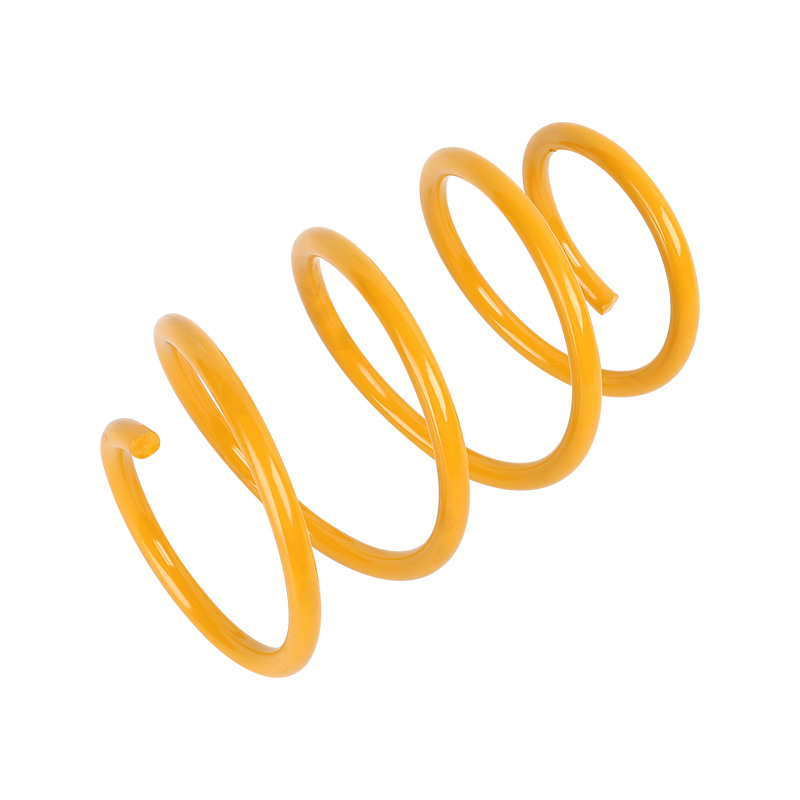
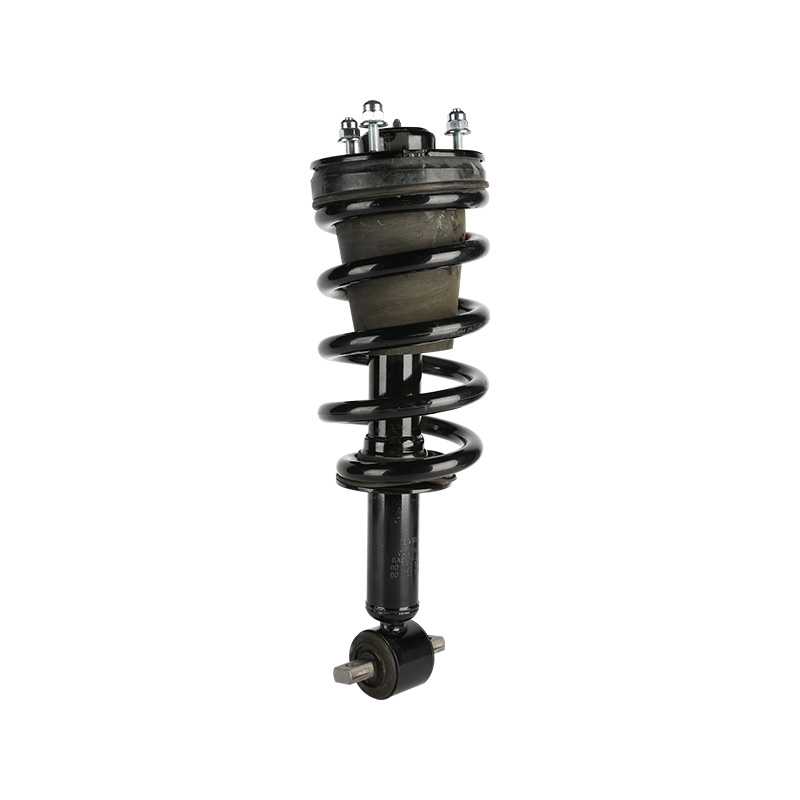

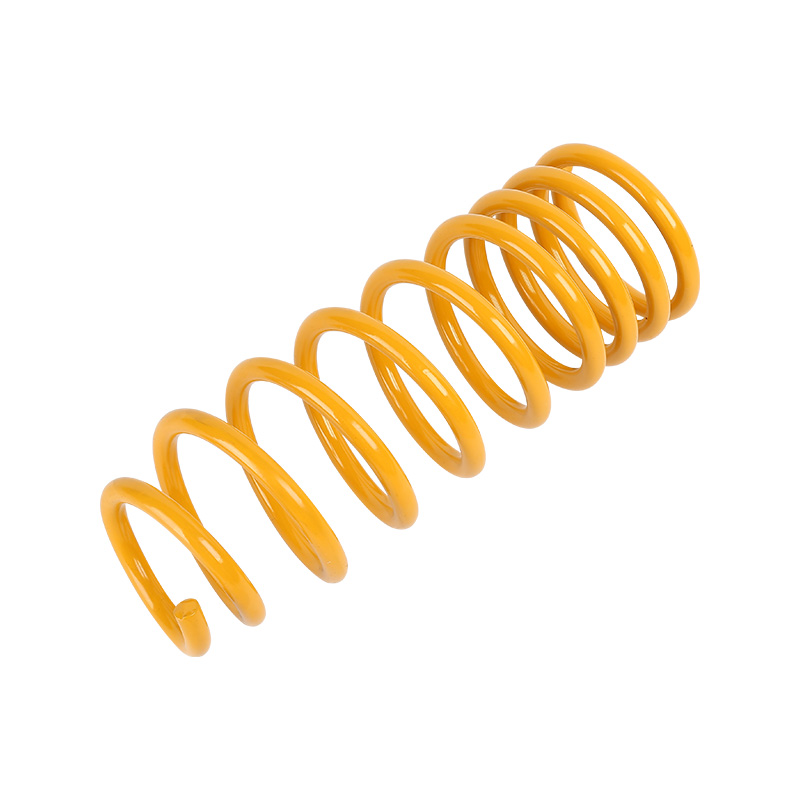
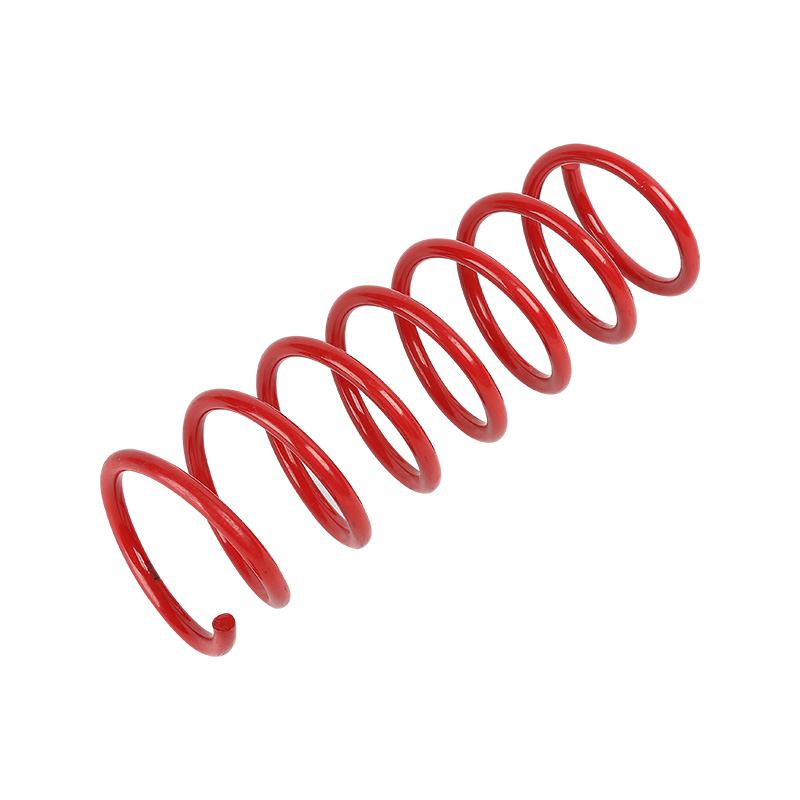
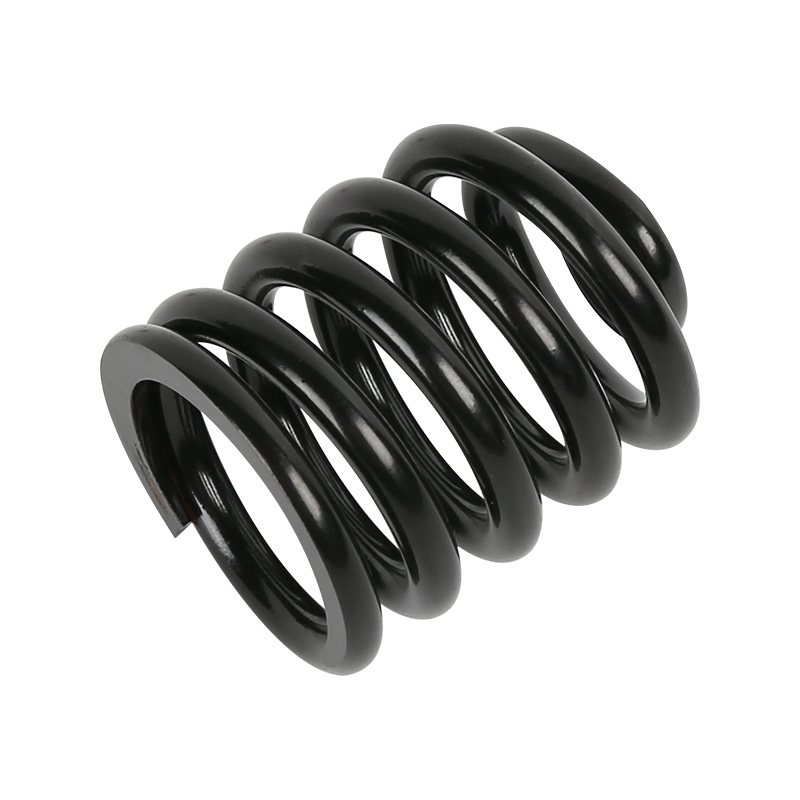
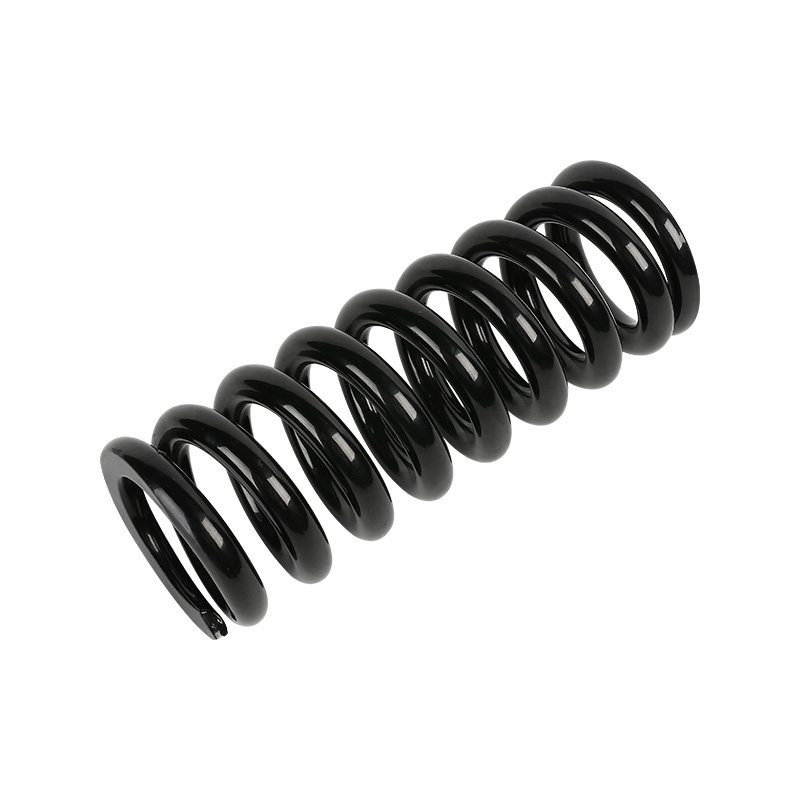

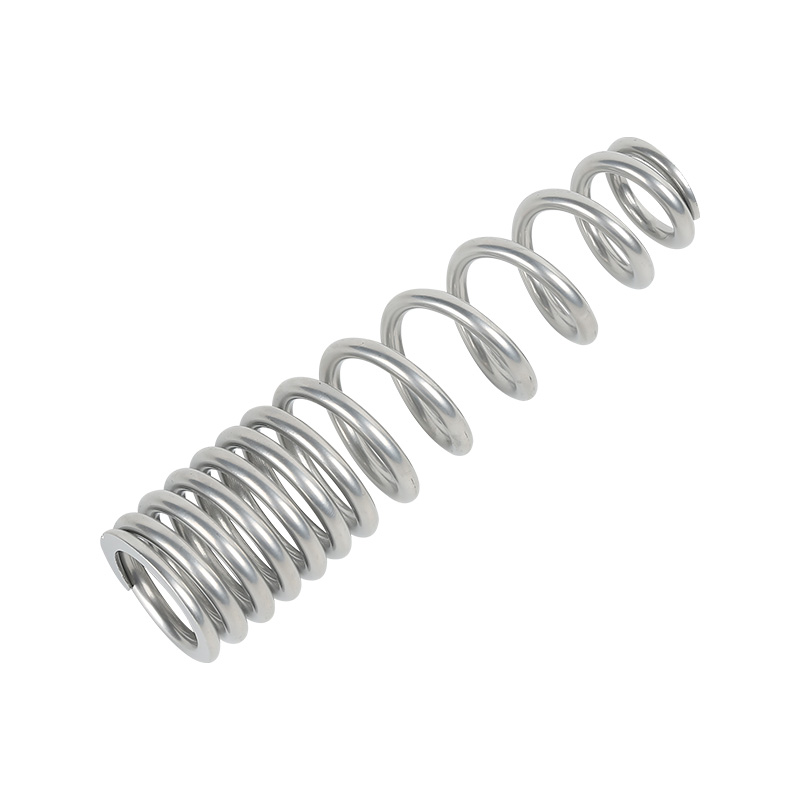
.jpg)
